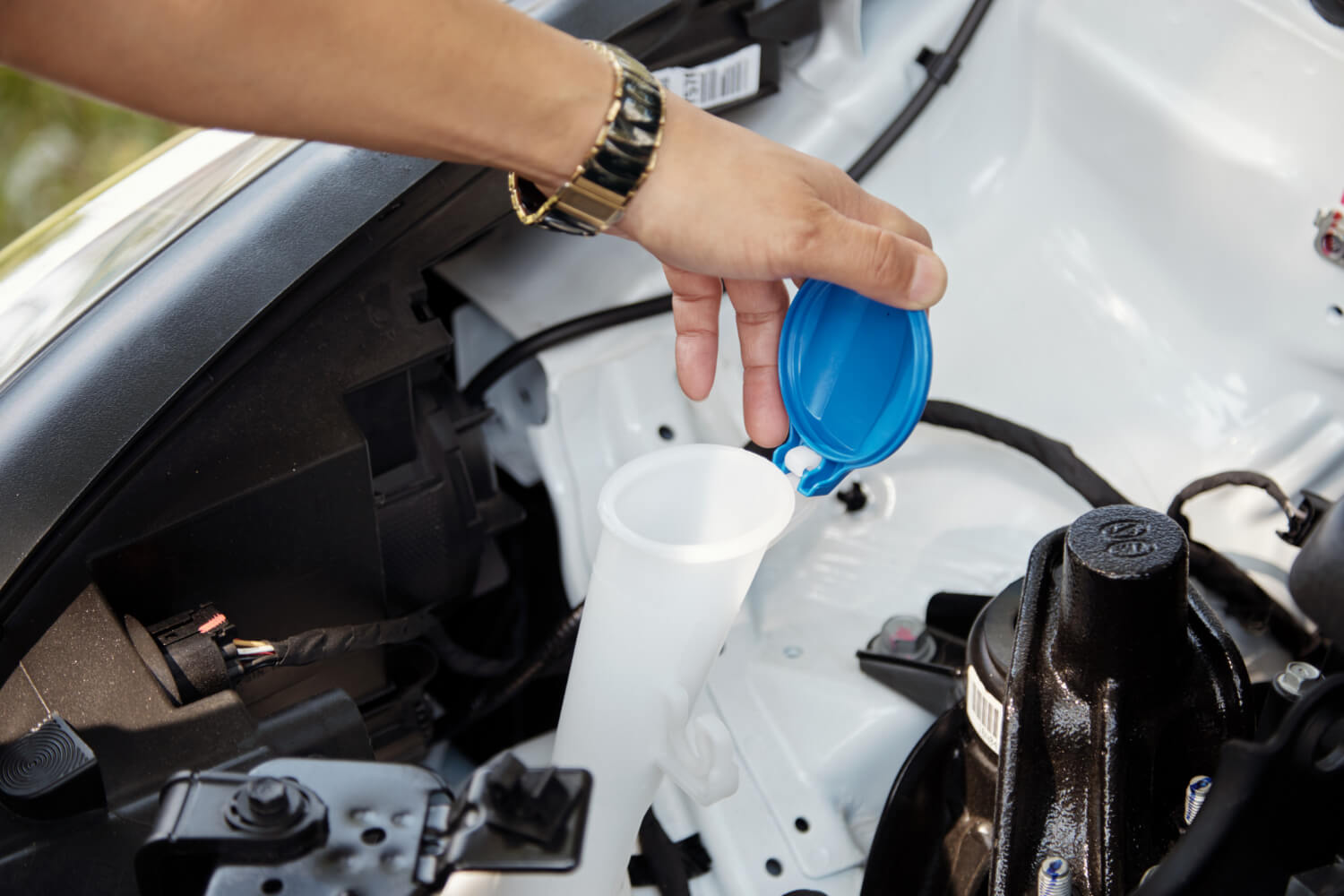WASHINGTON — When we think about vehicle emissions, we often focus on exhaust fumes, but there’s more to the story. A recent study reveals that windshield washer fluid plays a larger role in real-world vehicle emissions than previously thought. Surprisingly, even as more people switch to electric vehicles, the levels of these non-fuel-derived pollutants are expected to remain unchanged.
As more drivers transition to electric vehicles, we mustn’t overlook the impact of windshield washer fluid, the study authors explain. Even though electric cars emit fewer pollutants from fuels, our study warns that the levels of volatile organic compounds (VOCs) from car care products like washer fluid are likely to remain unchanged, posing a challenge for future regulatory policies.
While carbon dioxide emissions from cars have decreased by 25 percent since the early 2000s, they only represent part of the emissions puzzle. Volatile organic compounds, which are carbon-based molecules that easily vaporize and contribute to ozone formation, are another significant component. While some VOCs come from the exhaust, researchers discovered an unexpected source – car care products, including washer fluid.
Although estimates suggest that car care products could be a major source of VOCs, these numbers have never been verified experimentally, until now. To address this, Samuel Cliff and his team decided to measure the vaporized ingredients of windshield washer fluid from cars on real-world roads and compare it to inventory estimates.

To measure the actual VOC emissions from vehicles, the researchers equipped a van with various instruments, including a mass spectrometer, and parked it near a busy roadway. By comparing the van’s measurements with data from a university site with minimal traffic impact, they calculated the average amount of vapor released per kilometer traveled for key VOCs.
The results show that the measured values aligned with inventory estimates for regulated aromatic compounds. However, the emissions of alcohol – the main ingredient in windshield washer fluid – were much higher than expected. In fact, the release of two alcohols, ethanol, and methanol, was nearly double the amount of all VOCs emitted from exhaust.
This significant difference in alcohol emissions suggests that the inventory estimations should include solvents from car care products, highlighting their unexpected role as a major source of vehicle-derived pollutants. This finding has important implications for future regulatory policies, particularly as more drivers transition to electric vehicles that may have fewer fuel-related emissions but still require clean windshields.
The study is published in ACS’ Environmental Science & Technology.
You might also be interested in:
- Futurologist says waterless dishwashers, self-stocking fridges, vertical farms will be mainstream by 2050
- Electric cars really can save the planet and your lungs, environmental study says
- Yuck! 1 in 3 drivers say their cars are full of junk, haven’t washed it in months


Is this a joke? What about the tunnels in ant beds? Do they cause climate change?
Absolute nonsense, just like global warming itself.
The planet is fine, EVs are horrible for the Earth, and the climate alarmists are full of it.